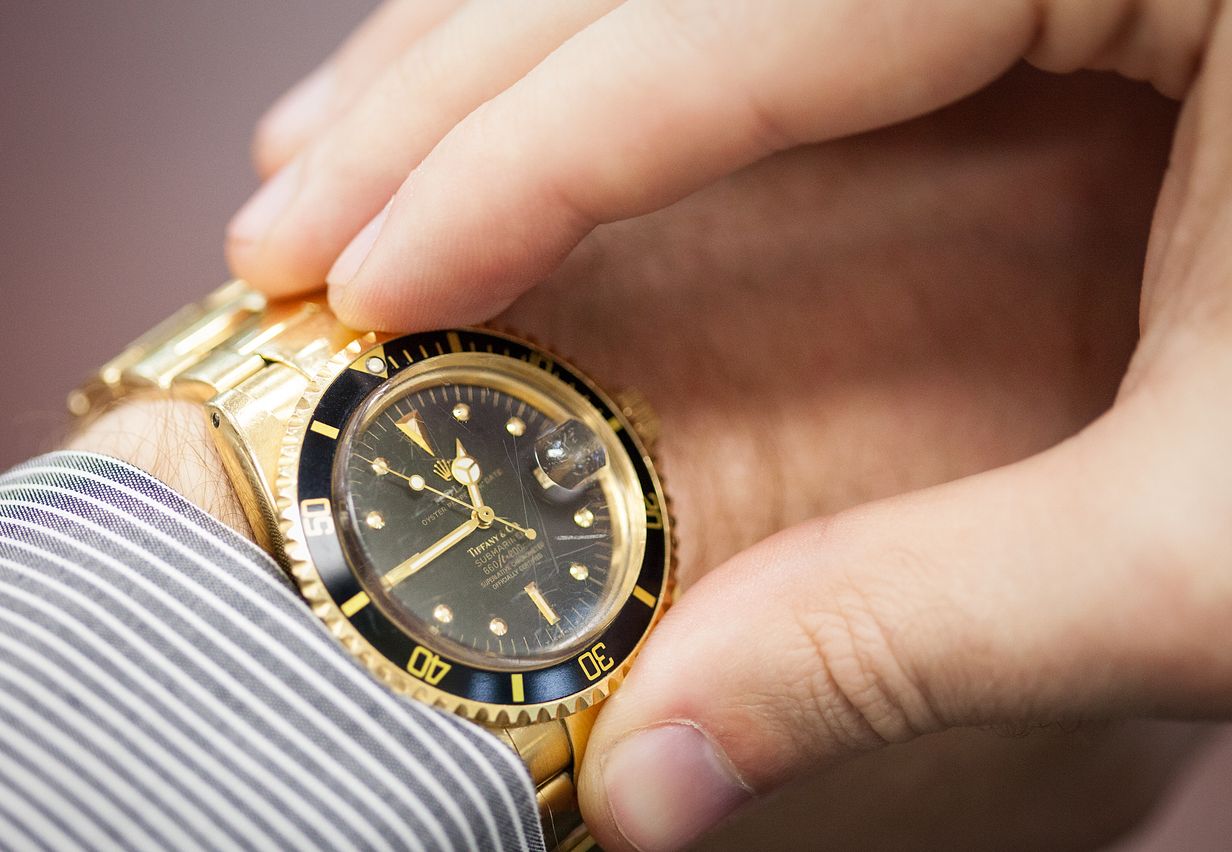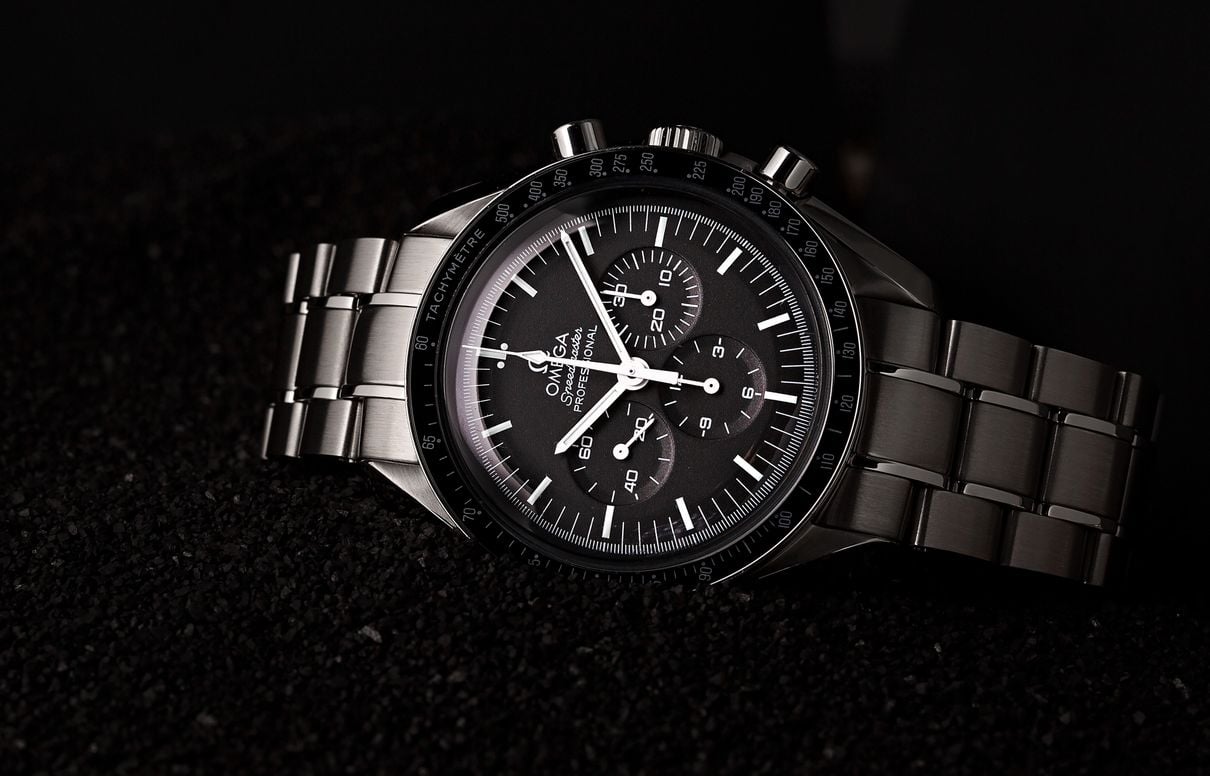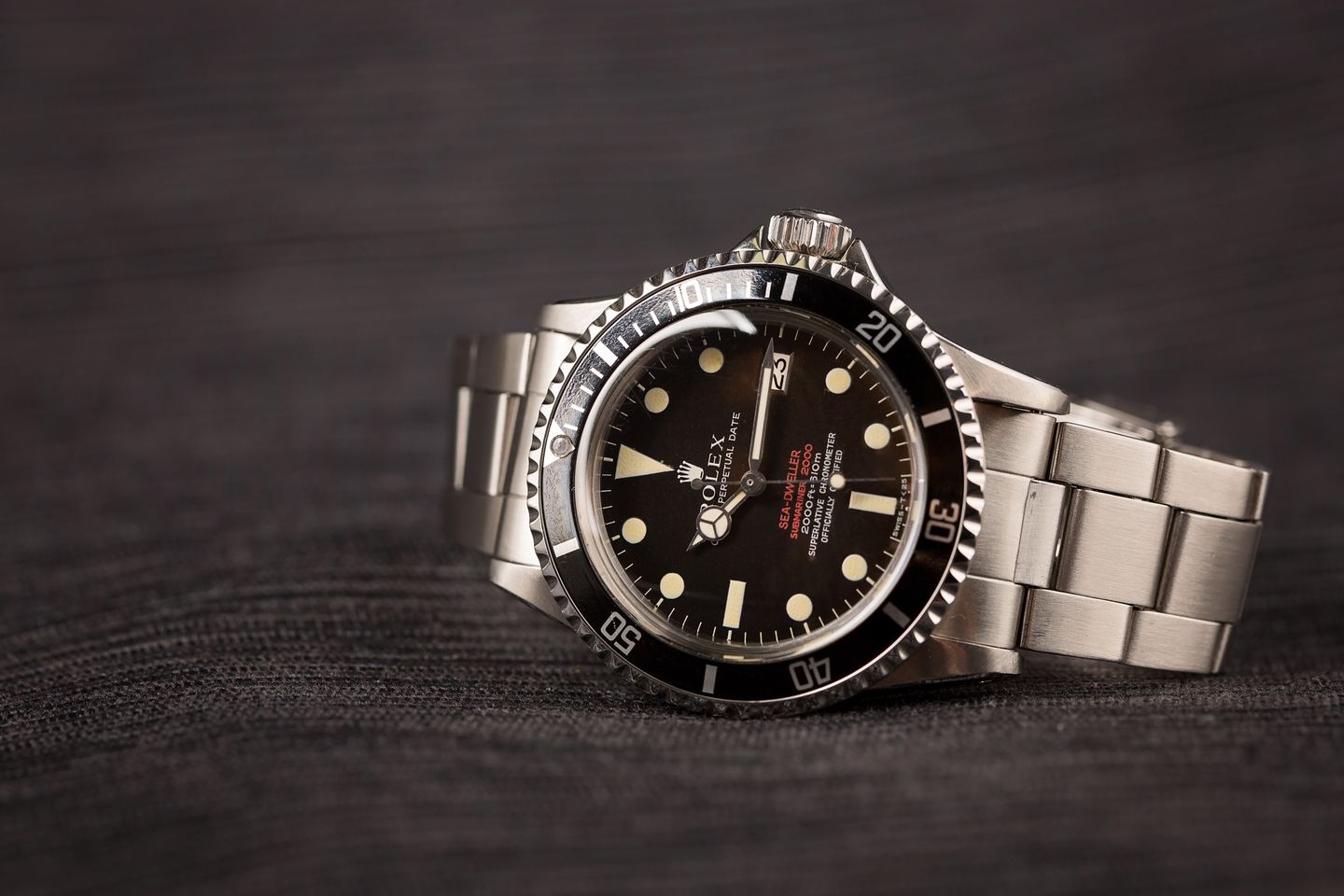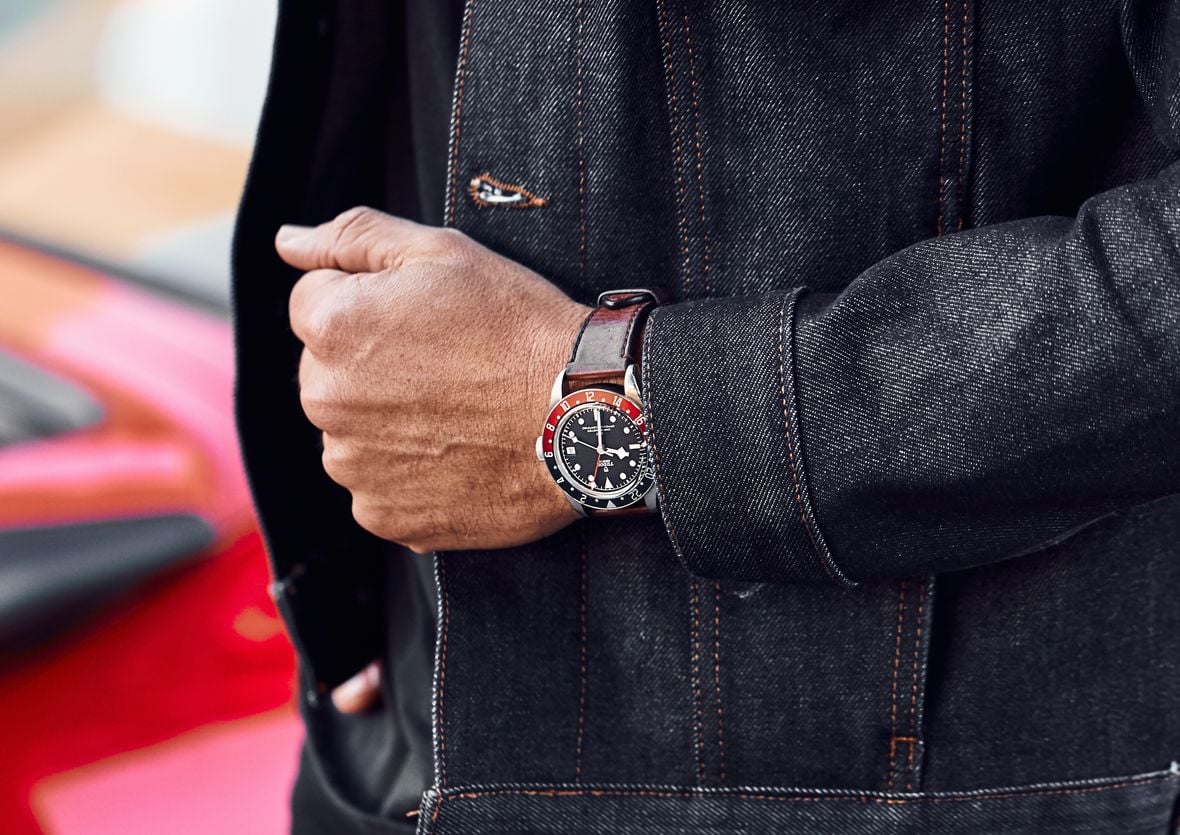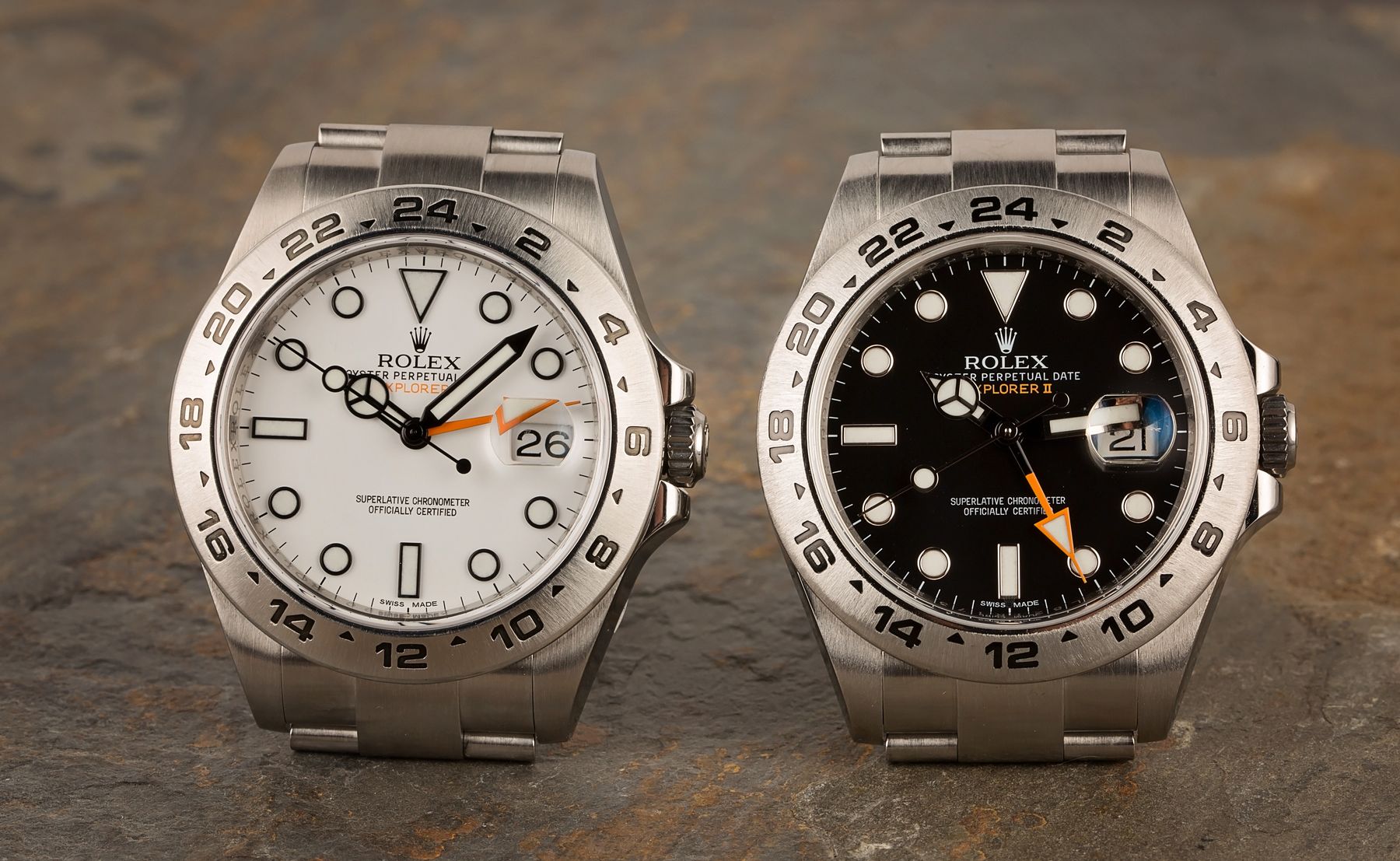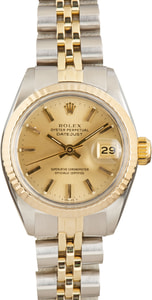Although the Rolex Submariner began its life in 1953 as a sturdy no-frills stainless steel dive watch, today, this famed diver is considered to be one of the world’s greatest luxury watches – while still very capable of plunging into the deep to accompany aquanauts. The Sub’s graduation from utilitarian to upscale no doubt began when Rolex introduced the very first Submariner in solid yellow gold. Nothing says fancy like armor made of shiny precious metal. Let’s find out which reference was the first Rolex Submariner gold watch and lay out the details.
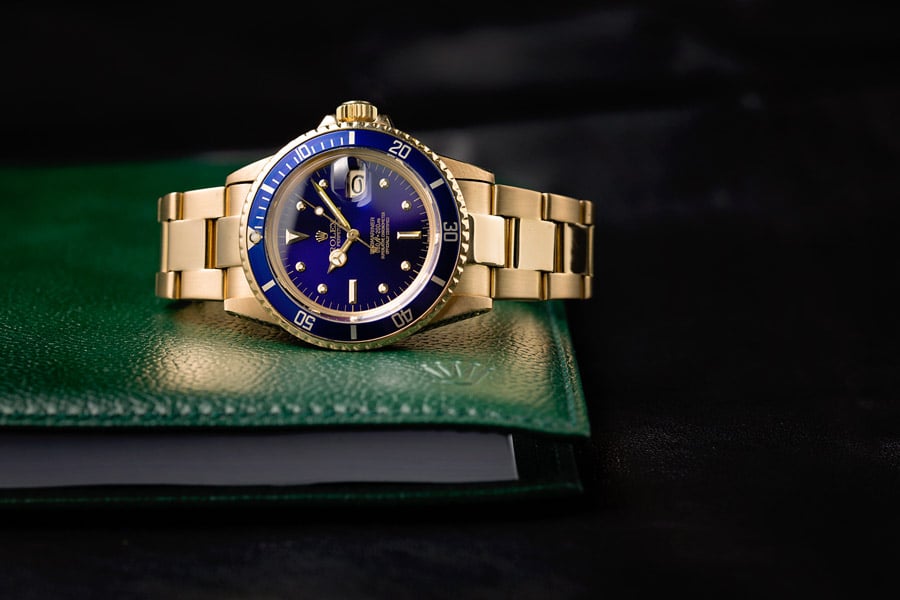
The Introduction of the Submariner Date
When your life depends on a limited tank of oxygen strapped to your back, you are naturally more concerned about the passing minutes rather than what day it is. Which explains why early dive models from the 1950s (Fifty Fathoms, Submariner, Seamaster 300, Breitling Superocean, etc.) didn’t worry about putting a date window on the already limited real estate of the dial.
However, by the late 1960s, the Submariner case had already grown from its original 37mm diameter to the now-standard 40mm (the Submariner ref. 5512 was the first to sport this case size, circa 1959). So, not only did that leave some extra room on the dial for a date window, but since Rolex certainly wanted to grow Sub sales outside of just the dive crowd, fitting a Submariner with a date indication would indeed be a practical addition to a daily sports watch. By the end of the 1960s, the first Submariner Date surfaced as the Reference 1680.
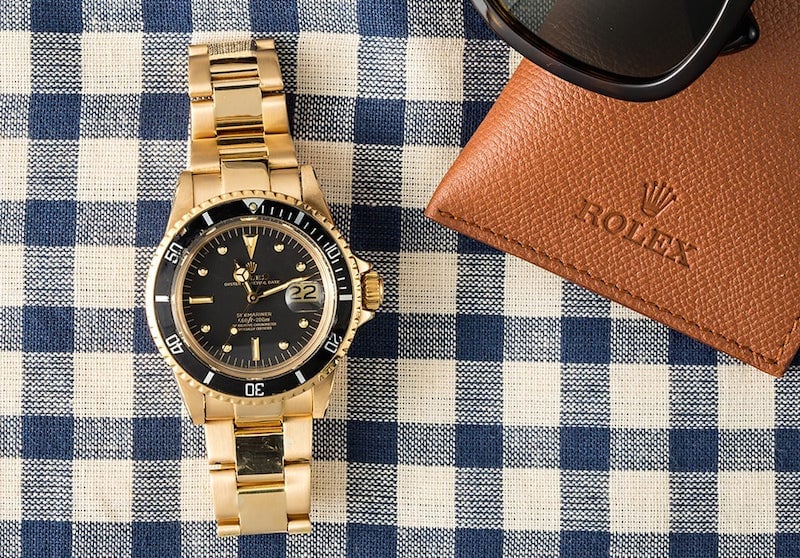
The First Yellow Gold Rolex Submariner
Not only did Rolex make the Submariner ref. 1680 in stainless steel, but the company also manufactured a solid yellow gold Submariner 1680. It’s important to note that the first yellow Sub is sometimes simply called the yellow gold Submariner 1680 or the Submariner 1680/8; however, it is not the Submariner 16808 – that’s an entirely different generation.
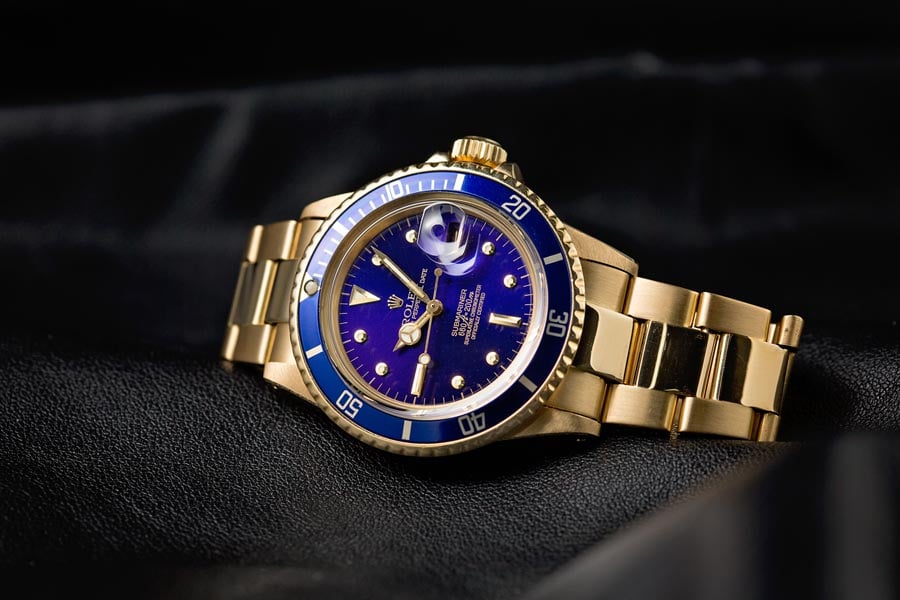
Back to the yellow gold Submariner Date 1680. Rolex’s first gold diver made its debut in 1969, flaunting an 18k yellow gold 40mm Oyster case fitted with a matching 18k yellow gold Oyster bracelet. Early examples of the Submariner ref. 1680/8 featured a rotating bezel with a black aluminum insert and a matching black dial. However, the dials of the gold Sub were not the standard black dials of their stainless steel counterparts.
Instead of the flat lume plots found on stainless steel Submariners of the era, the yellow gold Submariner 1680 had dials with raised gold hour markers with tritium luminous centers – which eventually picked up their “nipple dial” nickname. Of course, since the Submariner 1680 had a date window, Rolex furnished the acrylic crystal protecting the dial with the customary Cyclops date magnification lens.
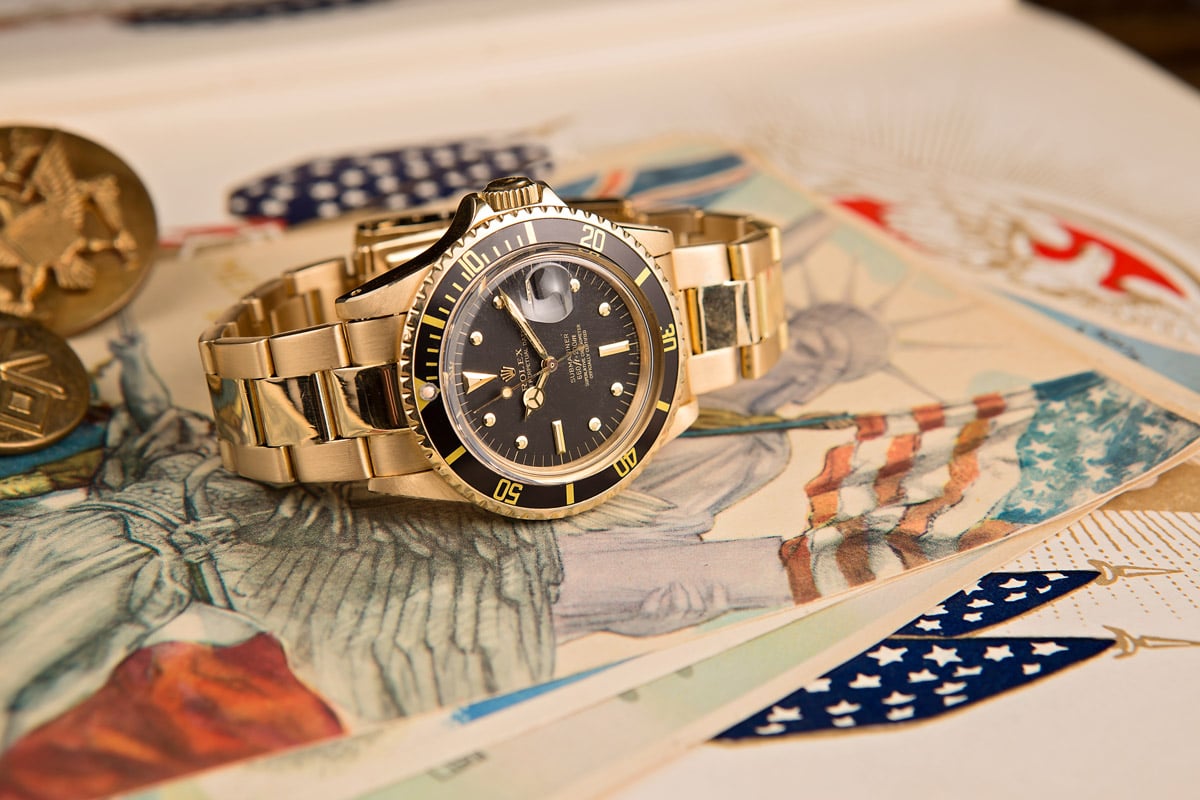
A few years later, around 1971, Rolex offered another colorway of the yellow gold Submariner featuring a bright blue bezel and dial. The yellow gold Submariners in blue also has the same “nipple dial” design. Particularly intriguing with the blue gold Submariner 1680/8 models is how the dials have transformed into different colors over time including lighter blues, vibrant purples, and rich reddish brown (also known as “tropical dials” in vintage Rolex terminology).
The gold Submariner 1680 models were rated to a water-resistance rating of 200 meters and ran on Caliber 1575 movements. Rolex’s first Submariner gold watch was in production for a decade until 1979 when it was replaced with the subsequent Submariner ref. 16808.
Since 1969, the gold Submariner has become a staple in Rolex’s catalog and has since been joined by two-tone steel and gold Submariner references in addition to 18k white gold Submariner models and even lavish gem-set Submariner examples. It’s clear that there’s no need to choose between a functional dive watch and a luxurious gold dive watch when you can have the best of both worlds in one striking gold Rolex Submariner.
